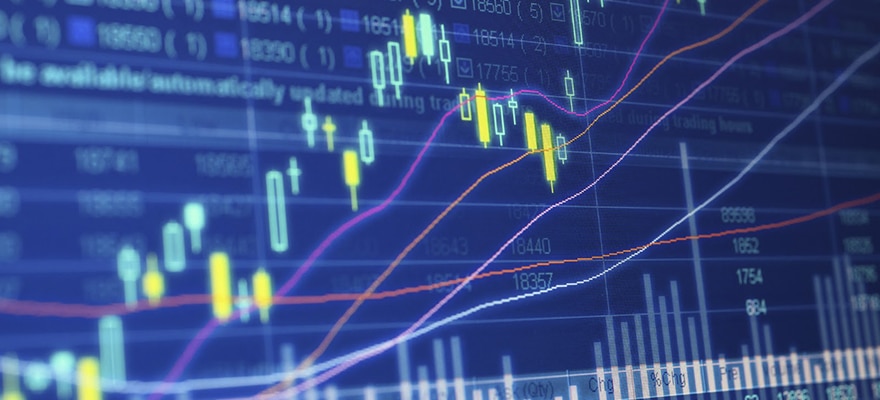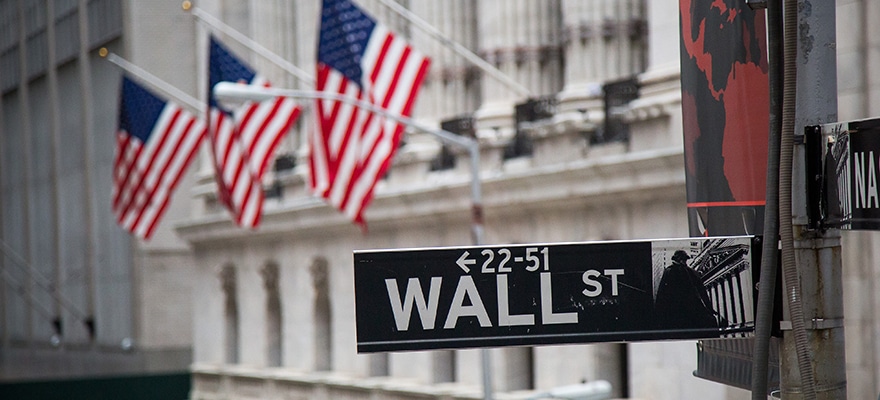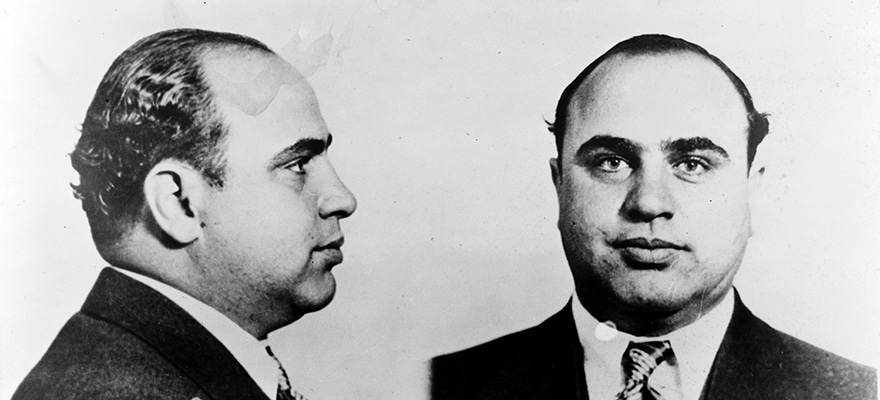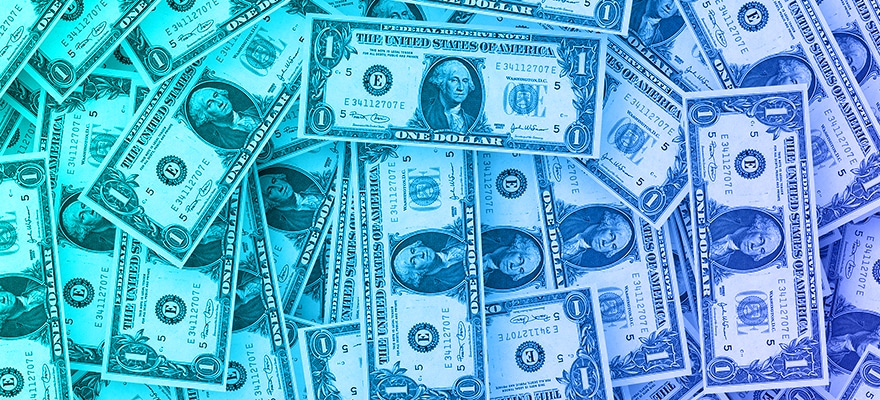Stoxx Europe 600 lost all its gains and decreased further to 1.22% as banking shares continued their bearish trend, and a further bearish push was given by the shrinking EU surplus data in January.
The S&P opened today with a 3.98% loss but managed to gain 0.56% later today. Furthermore, shares of eurozone exporters also decreased, because the increase in the euro reduced the competitiveness of companies who repatriate earnings overseas.
At Wednesday’s Fed meeting, according to the median of 17 officials, the projection showed expectations of the Federal Reserve’s rate to increase up to 0.875% by the end of this year. Meaning that there will be most likely two rate hikes, which is half of what was projected in December.
Strategist at BNP Paribas, Vassili Serebriakov, stated that this statement was deciphered as dovish by investors. It was further reinforced by Patrick Spencer, chairman of Robert W. Baird & Co. by saying that the Federal Reserve is looking for easy money for longer.
The expectation for low U.S. rates for longer pushed American bond yields down and thus made stocks more attractive while weakening the dollar.
The smaller interest rate tends to make investors less interested in the dollar but, on the other hand, it is a boon for emerging-market economies, as it makes their debts easier to service and thus makes emerging economies more attractive to investors.
As the head of emerging markets at Brown Brothers Harriman & Co said, it was surprising for most investors because their projections were for a more hawkish worldwide economy view.
Win Thin, global head of emerging-market currency strategy at this company, said that some of the investors had believed that the Fed would take a more hawkish view of the world’s economy, and this would have made the U.S. dollar grow.
“We saw a kind of an ease rally in the currencies of emerging markets," he added.
Light, sweet crude for April delivery has grown to $38.46 (by 5.8%) per barrel on the New York Mercantile Exchange . These commodity prices usually support the emerging market currencies, which mostly rely on exports of raw materials.
The lower dollar increased prices of copper and oil.
European mining shares went up by 3% on Thursday when Brent crude grew 1.6% to $40.96 per barrel and futures for copper in London strengthened by 1.4% to $5,064 per ton.
The rally in higher-risk assets which began in February has been negative, including lots of participants who have decided that central bankers are tapped out, according to Chris Weston, chief market strategist at IG.
Not that this market can’t move on cranking out earnings, he is saying in a message to customers: “While the U.S. dollar keeps attracting sellers and the Volatility remains, risk assets will have buyers. It seems so simple, but traders keep buying, but hating doing so.”
At the same time, the Fed dialed up some uncertainty to this market. If the U.S. dollar continues growing, there will be some beneficiaries including oil companies.
Aneta Markowska, chief U.S. economist at Société Générale, stated that Yellen and her colleagues are in a “very complicated worldwide financial crisis” at the moment.
“The market price, but not the economic figures, will affect the Fed’s actions in the next few months,” she suggests.
The Fed’s position makes investors worried. Fed experts believe that the economy will grow 2.2% in 2016, which is 0.2% lower than was forecasted last December.
“Expectations of investors are still very negative,” thinks Dennis Jose from Barclays.
As for gold, it increased by almost 3.3% to $1,270 per ounce, affected by a decreasing dollar and the possibility of lower rates.
Before this, stocks in China and Australia increased, but Japan’s Nikkei Stock Average was 0.2% down while an increasing yen weighed on shares of exporters.
After significant losses in January and at the beginning of February, American stocks slightly dropped compared to December. “This means the forecast for earnings is better than forecasted and there’re no signs of recession,” Mr. Spencer added.
“It is a recession of overall balance sheet,” stated Guy Miller, Zurich Insurance.

















